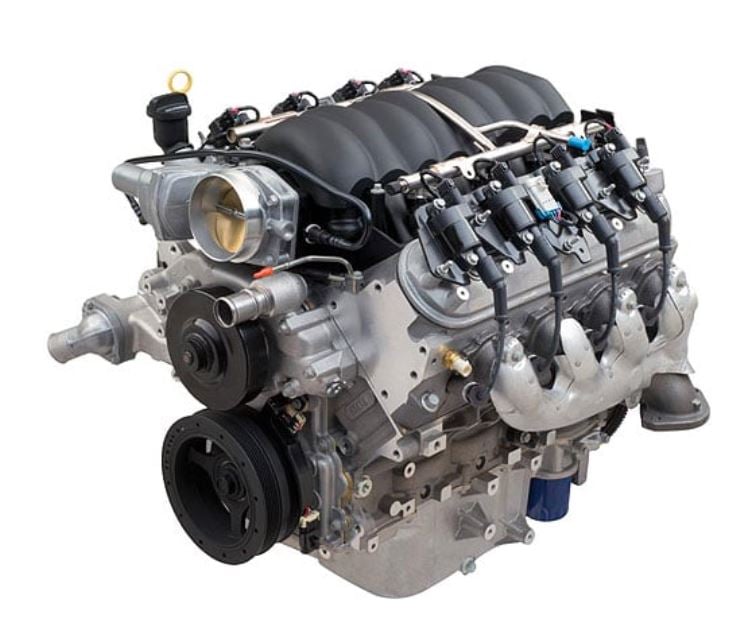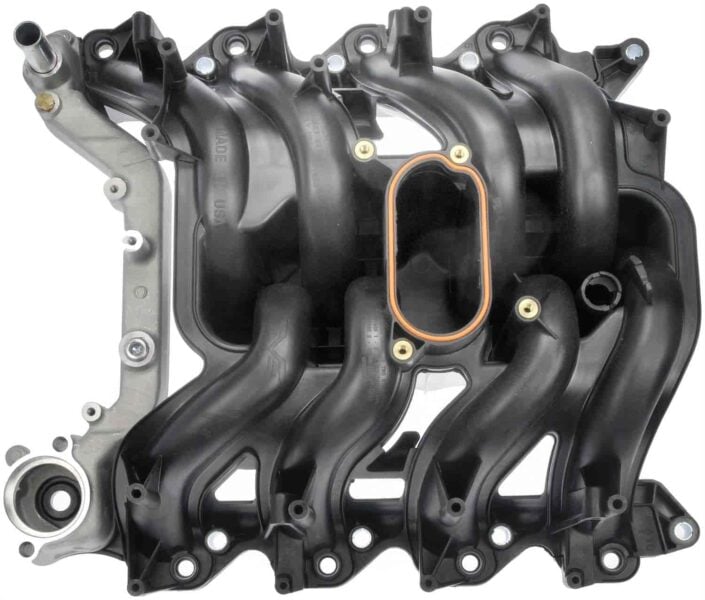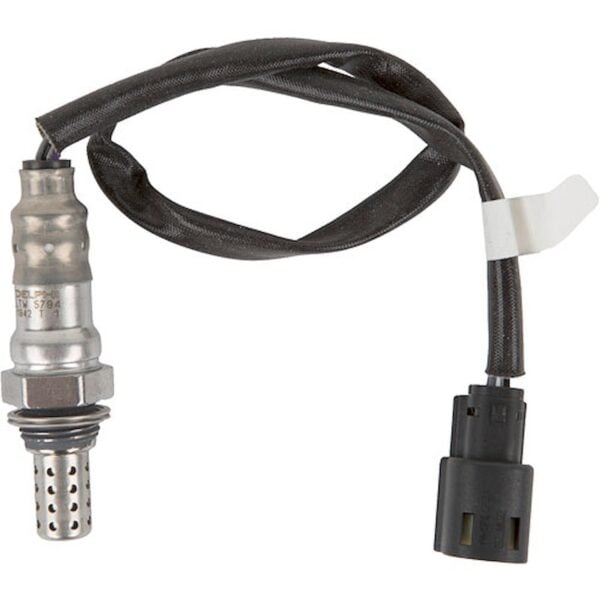Sign up now to join the JEGS email newsletter and be the first to learn about new products, special deals and e-mail only offers!

LS engine swaps are a popular upgrade among car enthusiasts, and for good reason. They offer a significant boost in performance, enough to turn an ordinary vehicle into a total powerhouse.
One of the most important parts of this performance upgrade is ensuring your new LS engine receives the right amount of fuel. Yes, we're talking fuel lines, and this guide covers everything you need to know to have a successful installation.
We'll start by exploring the types of fuel lines suitable for LS engines. Next, we'll review the differences between in-tank and external fuel pumps. Finally, we'll share step-by-step installation instructions for both return-style and return-less setups.
Before getting into the details of LS fuel line installation, you should first have a basic understanding of the role fuel lines play in an engine.
Fuel lines are a key component in any fuel injection system, transporting gas from the tank to the engine. This is facilitated by a fuel pump, which pressurizes the fuel from the tank, allowing it to travel through the fuel lines and into the engine.
There are two fuel pump types for LS engine swaps: in-tank and external. We'll detail their differences next so you know which is best for your vehicle.
Despite being more complex to install and retrofit, in-tank pumps offer several benefits, such as increased durability, better handling of high pressure, reduced noise, more efficient fuel delivery, and a lower propensity for vapor lock.
For LS engines, you'll need a pump that can deliver 58-60 psi of pressure to the injectors, with a flow rate between 240-340LPH (check out these electric fuel pumps from JEGS), depending on how much horsepower you're pushing.
For LS engines exceeding 625 horsepower, a fuel pump capable of delivering 340LPH is recommended to ensure enough fuel reaches the engine for peak performance.
The first option for adding an in-tank pump is to buy a new tank with an EFI pump already installed. Just note that these can be pricey, so if budget is a concern, there are more economical options, like retrofitting your current pump.
You can also add an in-tank pump by modding the existing tank to fit an EFI fuel pump.
This involves removing the stock sending unit assembly and cutting off about 1 1⁄2 inches of the feed line, depending on the tank's depth and pump's length, then attaching the pump to the shortened line with fuel lines and hose clamps.
Make sure to mount the pump ¼ of an inch above the tank floor with a filter sock resting on the bottom to prevent impurities from harming the pump.
Additionally, to maintain the pump's position, weld a steel rod to the underside of the assembly plate and clamp the pump to it, ensuring. This method might require some metalworking skills but offers a cost-effective solution.
Next up are external (inline) fuel pumps. While louder than in-tank pumps, inline pumps are easier to install, usually cost less, and offer easier maintenance and replacement. Just note that installation requires careful consideration of fuel line routing and cooling, with the pump needing to be mounted at or below the bottom of the fuel tank.
When selecting an LS swap inline fuel pump, make sure to choose one designed for EFI applications, as carburetor fuel pumps provide lower pressures, typically unsuitable for LS engines.
Now that you have a basic understanding of fuel lines and pump types, let's review the requirements for installing fuel lines in an LS swap for return-style and return-less setups.
Sign up now to join the JEGS email newsletter and be the first to learn about new products, special deals and e-mail only offers!

In a return-less setup for an LS engine, using AN hose and fittings for fuel line installation is relatively straightforward. The essential components include an inline fuel pump, filters, and a regulator to achieve the required PSI for the fuel rails.
Step-by-step instructions for a return-less setup:
By following these steps and using the correct components, you can achieve a successful LS fuel line installation in a return-less setup. This approach is commonly used in LS swaps and provides a simple yet effective solution for fuel delivery to the engine.
In return-style setups, the fuel pressure regulator is integrated into the LS fuel rails themselves. This configuration requires both a feed line and a return line to and from the engine bay.
Here's what you need to know for LS fuel line installation in return-style setups:
When it comes to LS engine swaps and fuel line installation, let JEGS be your go-to source. We offer a long list of performance automotive products to benefit your custom project, including fuel pumps, filters, regulators, fittings, and so much more.
Browse our extensive inventory and complete your order online to have your products sent straight to your door. Still have questions? Contact our team today.




